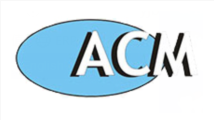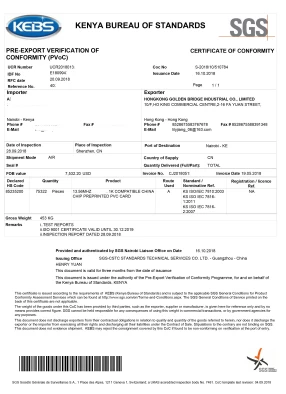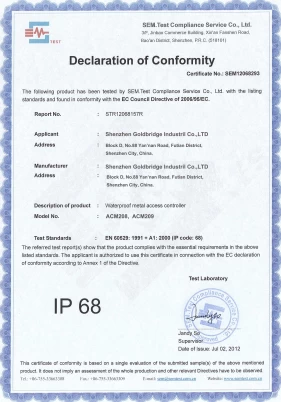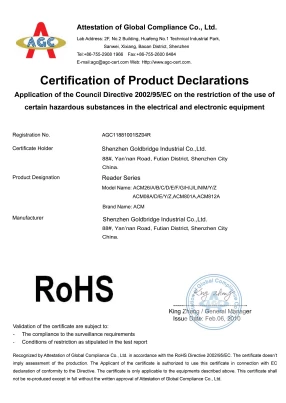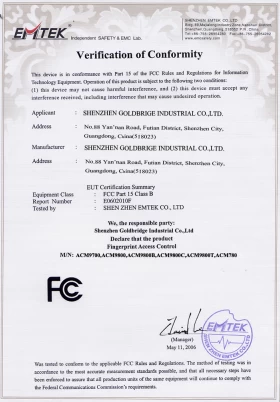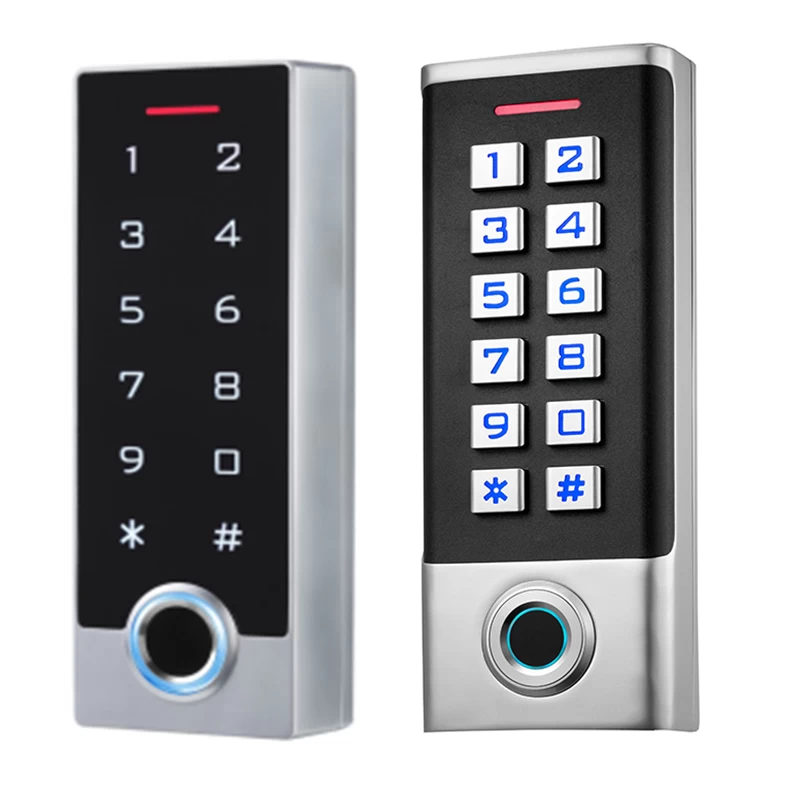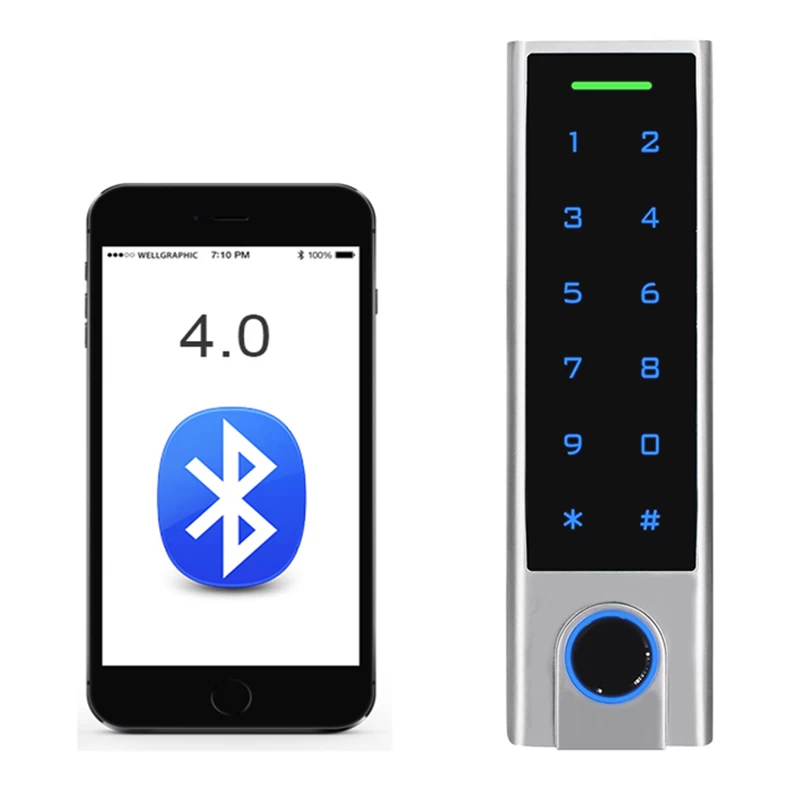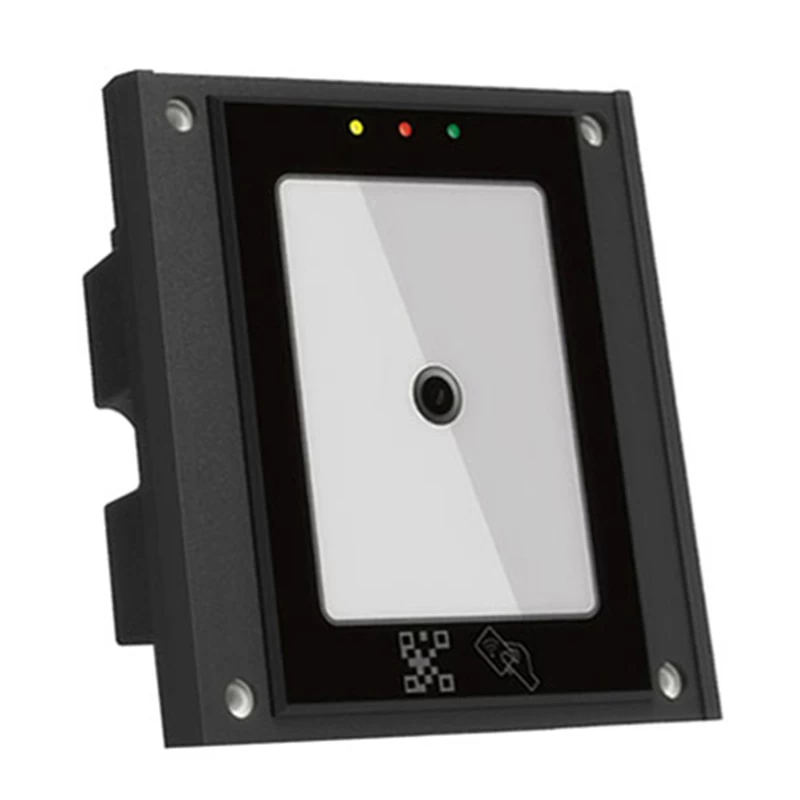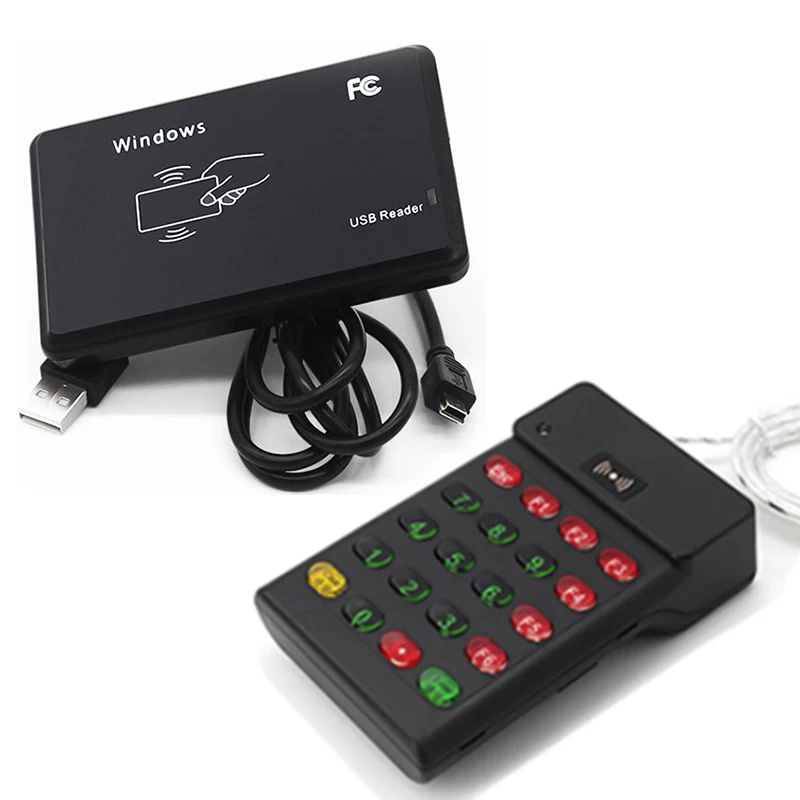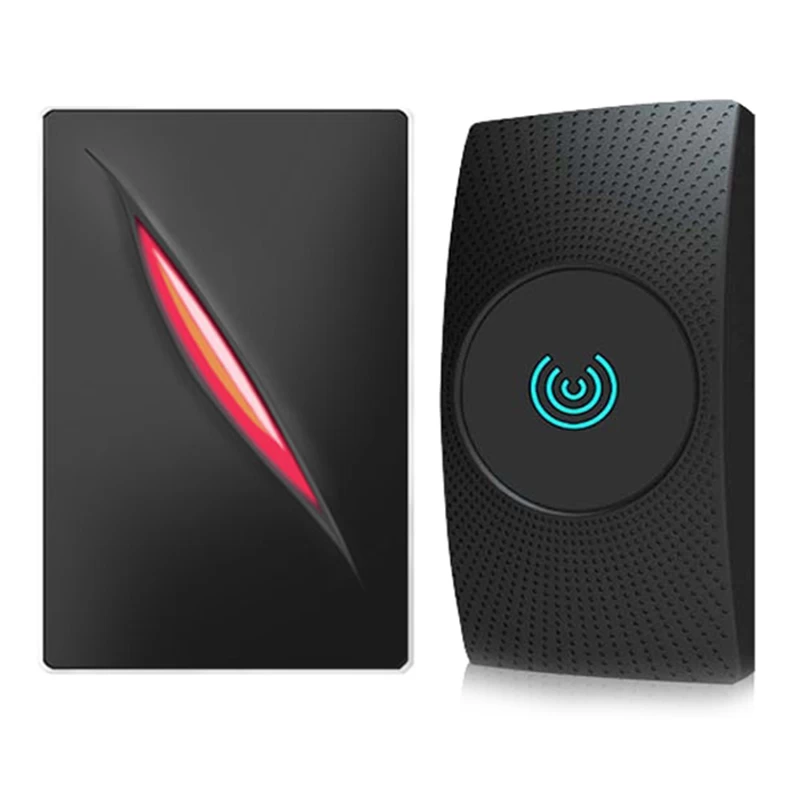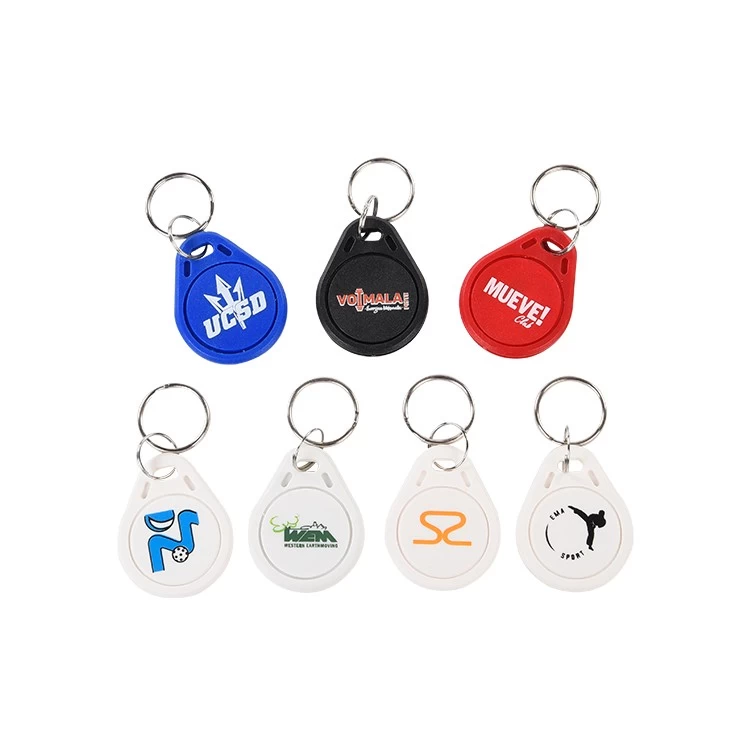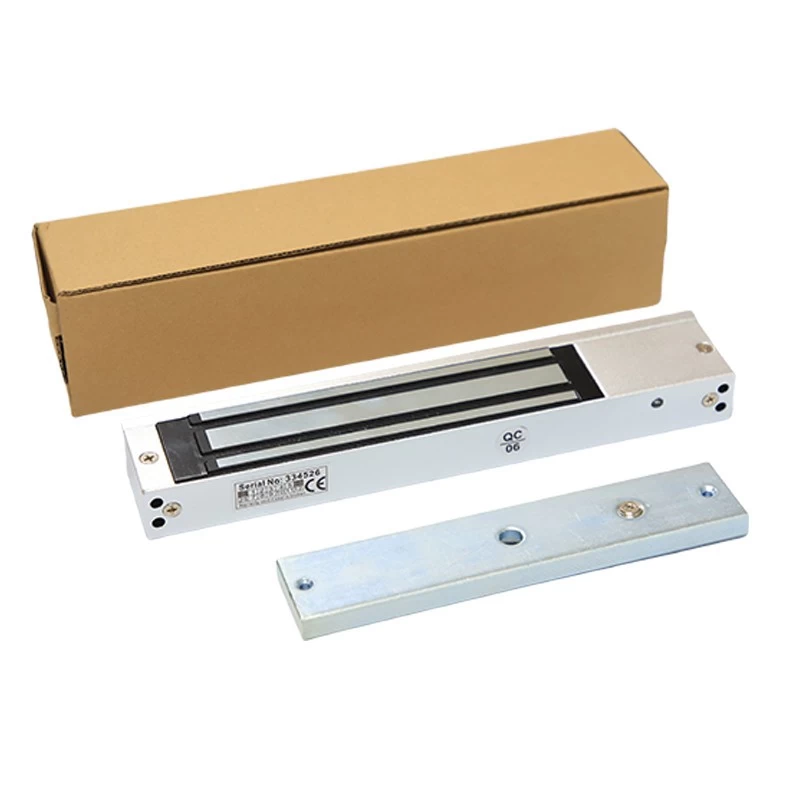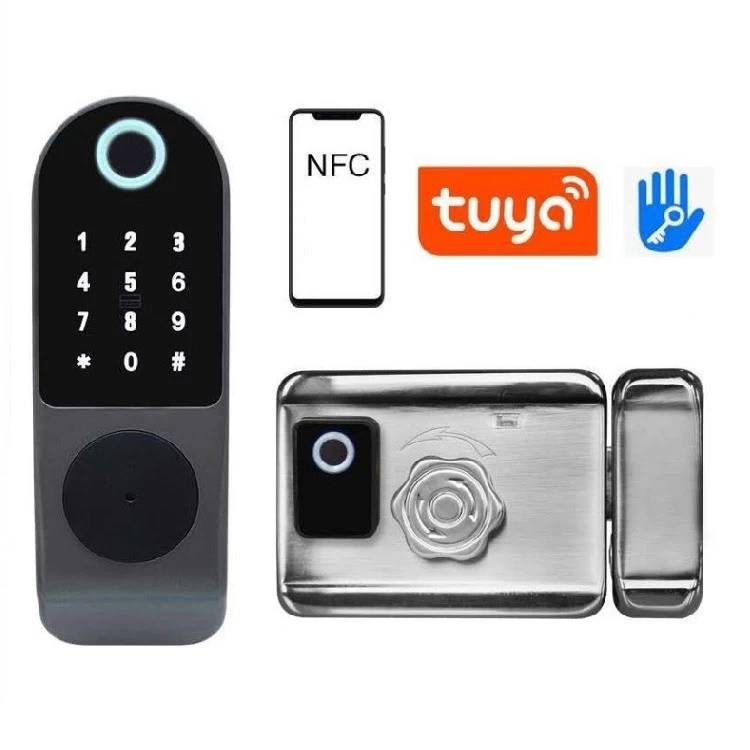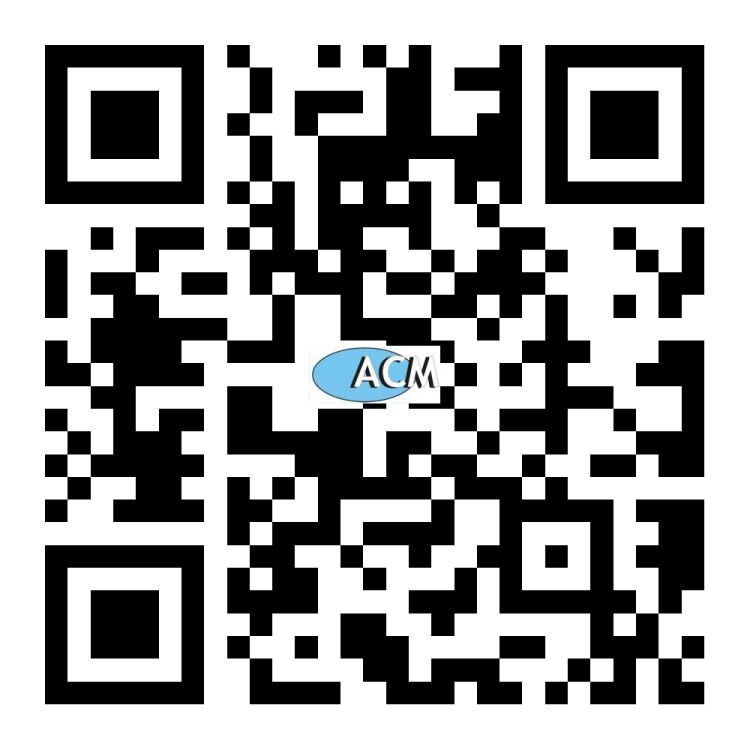RFID and blockchain provide digital records of the health of Zimbabwe's cattle
The low-cost solution provided by E-Livestock is called "Technology for Good" to digitally manage each cow. The company explained that in this way, farmers large and small can better access and share information about animal breeding, sale or trading. These data can be used not only to track the health of each animal, but also to track its mortgage status (for example, whether there is a lien on a specific cow). Payment Group MasterCard (MasterCard) is a blockchain source solution provider.
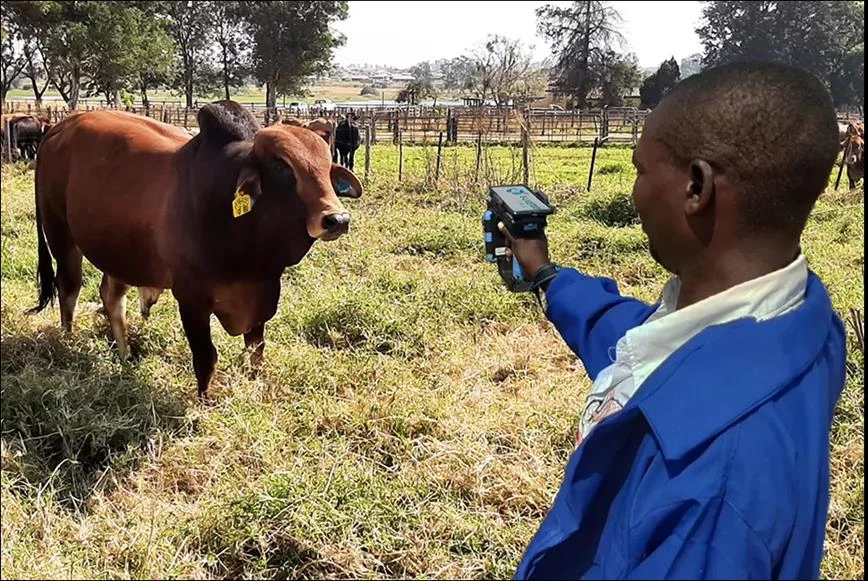
E-Livestock CEO Chris Light (Chris Light) said that the company started from the African continent and built this system for farms of all sizes around the world in order to provide low-cost visibility and traceability for each animal. . Wright has participated in global international development work through the United States Agency for International Development (USAID) in the past, and served as an information technology consultant for the President’s Initiative to End Hunger in Africa.
Wright’s goal is to benefit the cattle industry in Zimbabwe through the E-Livestock solution. At the same time, he is in dialogue with Africa and six other countries to expand the technology to other areas. In the long run, he plans to provide this solution on a global scale.
In Zimbabwe, the data read by RFID tags is designed to improve the health of cattle, reduce the risk of cattle being stolen, and promote the international sales of cattle or beef in the country. Zimbabwe is a major producer of beef cattle, with a total of 6 million heads.

In 2018, an outbreak of tick-borne disease killed 50,000 cattle and forced Zimbabwe to close all beef exports. This loss is an economic blow to Zimbabwe, since then Zimbabwe has been striving to become a beef exporter. In order to prevent such diseases, cattle are usually soaked with pesticides and receive vaccination and medical treatment as needed.
E-Livestock wants to create a sharable record, including when each cow undergoes such treatment and related health information, as well as all loans or liens for any designated animal. Therefore, the company built a blockchain-based solution at a cost of US$2 per cow, which is roughly equivalent to the cost of farmers buying standard printed ID labels for their cows, which is now required by law.
The company's goal is to achieve animal traceability to detect treatment effects that change over time, and to achieve transparency in business processes, which can be viewed through the cloud, and the cost does not exceed standard ID tags.
Each UHF RFID tag is printed with a QR code and a digital ID, and then affixed to the cow's ear. The ID number follows the global cattle ID standard, enabling users to view information such as the source of each cattle.
Normally, when a tag is applied to an animal, its ID number will be queried using the CS108 reader of Convergence Systems Ltd. (CSL). This created the starting point of the blockchain history for that cow's cloud ID. From this starting point, farmers and tick control personnel can read the tag ID and update the status of the relevant procedures that each animal has undergone, including soaking and any other medical actions.
Blockchain software stores data related to each event. Farmers and cattle buyers can access the health records and related information of each cattle, and these records are unchangeable. Farmers can choose to record events on the blockchain or obtain data for their own purposes. For example, when calculating the number of cattle, the system can store the collected data locally. However, regular health checks and treatments, or disease outbreaks involving visiting veterinarians, can also be recorded and shared through the blockchain. Because there are often network connection problems in rural areas, the reader can store information before entering the network coverage.

E-Livestock partnered with Avery Dennison to utilize its Earthrace UHF hard tag. CSL is also testing these labels in the United States. The standard ID nomenclature consists of the first three digits representing the country code, another number representing the area code, and the unique ID number of the animal. All this data can be accessed in the dashboard provided by MasterCard. Wright said: "The advantage of the dashboard is that it is a dynamic document, not a static report. If an outbreak occurs, the system will provide each animal with a history of health events and treatment locations."
For the past year, E-Livestock has been experimenting with the system, monitoring 10,000 heads of cattle with UHF RFID tags. Compared to standard LF or HF RFID tags with a shorter range, these tags provide a longer read range, which means they can be read from a distance, making inventory or cattle identification easier. In some cases, farm employees can simply drive trucks close to cattle to read their tags.
The system also helps prevent theft, because the ear tags provide the history of each animal, and there is no need to brand the animals-the practice of branding still exists among some farmers in the third world.
Regarding the CSL reader, Wright said, “We chose this reader because it is durable and suitable for cattle applications.” According to the business development manager of IntrasonicTechnology (1ST-RFID), a CSL distributor in Dallas, Texas Rod Saunders (Rod Saunders) introduced that the device is designed for this application, "this is one of the highlights of CS108."
In Zimbabwe, for farmers who lack reader technology, tags can also use RFID readers. They can use the QR code to scan the label with their smartphone to access the data. Users without smart phones can enter the printed ID number to get the data in the blockchain.
This information can be used not only by farmers and supply chain members, but also by governments. "This system is designed for everyone," Wright said, "from the big farm to the family of three cows."
In addition to preventing theft and monitoring health, the technology also aims to increase the visibility of mortgage loans. This means that smart contracts can be established in the blockchain, including information such as whether a specific cow has a lien and animal insurance. Wright said that, in short, the cattle industry provides extensive market opportunities for the promotion of this technology. For example, there are approximately 250 million cattle in Africa and approximately 90 million cattle in the United States. He envisions that this technology will be extended to these animals.
However, cattle are not the only animals that can be tagged and tracked through blockchain. The Zimbabwe Parks and Wildlife Service requires this technology to be applied to certain wild animals, such as elephants that share space with cattle. Wright explained that for the purpose of safety and protection of elephants, tracking the location of elephants traditionally uses satellite positioning, but the cost is high. The RFID tag provides a low-cost alternative.
Sanders said that although UHF tags cannot be read immediately when animals are swaying freely, in the case of cattle, the readable distance of such tags is 5 to 20 meters, depending on the tag and the environment. Therefore, reading the tags of wild animals in the cattle area may provide useful data. Ear tags can be read very well, partly because they are separated from other parts of the body, and the animal's ears are often moved, which can adjust the direction of transmission.
In the next step, the technology is expected to be launched in Mozambique in southeastern Africa, and it will also be used in other animals such as sheep, pigs and goats. Wright said, "Zimbabwe's early deployment represents support for a country where farmers are in a difficult situation. They have humanitarian needs. This is to provide technology for the good." ...
